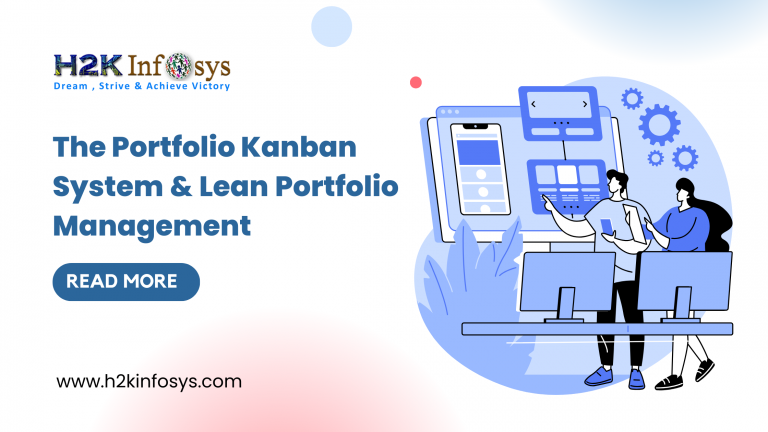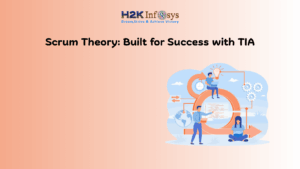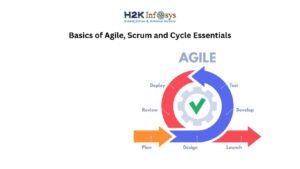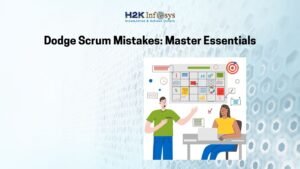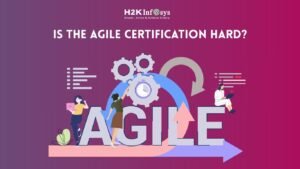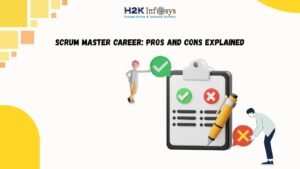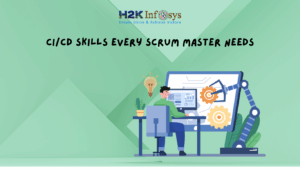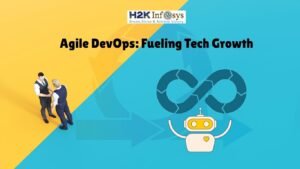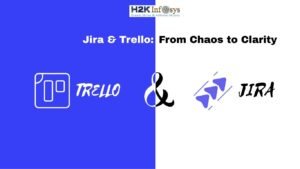Agile and Lean management concepts have driven firms in dozens of industries to continuously improve since they were first developed decades ago.
Although applying these complementary ideas to portfolio management can be a bit of a heavy lift, they can function as efficient growth drivers. Thank goodness, your company may expedite the procedure by utilising the Portfolio Kanban system. Let’s look at how you may use this tool for portfolio management to build agile teams. Check out the Agile certification course to learn more.
What Is the Portfolio Kanban System?
Through visualisation approaches, the traditional Kanban framework assists team members in streamlining their workflows. Through the process of visualising existing resources, work processes, and ongoing development, you may anticipate possible obstacles and enhance the exchange of information among your groups.
Several of the leading businesses in the world use the Kanban system, including:
- Toyota
- Spotify
- Pixar
- Apple
As its name suggests, the Portfolio Kanban system fits in nicely with portfolio management. It is based on the classic Kanban approach. The Kanban framework can be used by your company to visualise and manage the flow of its Epics portfolio. From conception to completion, every phase of an Epics portfolio’s lifespan may be monitored.
Teams can specifically do the following with the Portfolio Kanban system:
- Utilise Work in Progress (WIP) ceilings to match capacity and demand.
- Determine areas that could use constant improvement.
- Simplify processes and provide rules to control the change from one work state to another.
It is common practice to combine the Portfolio Kanban system with other Kanban frameworks, such as solution, program, and team frameworks. Your company will be able to apply Lean and Agile management ideas to its processes, portfolios, departments and other areas by combining these options.
How Does this Portfolio Management Framework Contribute to Lean/Agile Development?
The core ideas of lean/agile development are directly aligned with the Kanban Portfolio methodology. The five pillars of lean methodology are as follows:
- Identify value
- Map the value stream
- Create flow
- Establish pull
- Seek perfection
All five of these principles can be applied to portfolio management using the Kanban Portfolio technique. Business executives may find value and track those value streams throughout the portfolio lifecycle by using Kanban to visualise their portfolios.
Similar to how it helps users discover important interactions at every step of a portfolio’s lifecycle, the Kanban Portfolio architecture also facilitates the use of Agile principles by encouraging agility and giving organizational leaders the ability to adapt to change.
How Does the Portfolio Kanban System Operate?
The following six actions are crucial to the Portfolio Kanban system:
- Funnel Ideas
You and your executive action team (EAT) will gather high-level ideas during the funnelling stage, such as ways to decrease costs and open up new business prospects, changes in the market, acquisitions, and problems with current solutions.
Here is not the place to go into extensive depth about each topic; just give a concise description of each one, like “implement account self-service tools.”
- Review
Your team members can start focusing on particular concepts to sponsor once they have completed funnelling ideas. A concept must be developed into a fully realised epic by its sponsor.
They will have to define the epic in more detail, describe the advantages of making the desired change, and decide which metrics should be used to measure business results as part of this process.
- Analyze
The most promising epics will go to the analysis stage according to their owners. Your team members need to establish the MVP threshold, develop a Lean business case, get early customer validation, and delineate the epic’s scope during the analysis phase. The Portfolio Manager will ultimately decide whether or not to proceed after analysis.
- Create a Backlog
The weighted shortest job first (WSJF) ranking of epics determines their placement in a portfolio backlog once they have passed the analysis step. Initiatives are rated by the WSJF algorithm according to criteria such as time criticality, potential enablement, and relative business value.
- Implement
The team chooses an epic from the backlog and adds it to the pipeline when WIP limitations allow. Your agile teams and the epic owner start working on the MVP and testing their initial hypothesis. The team keeps working on the research until they either validate or refute the idea or exhaust all of the funding allocated for it.
- Conclude the project.
A Collection When the following criteria are satisfied, the Kanban project is finished:
- The Epic Owner refutes the theory.
- The epic is removed from the Kanban by the LPM.
- The theory holds, but it is decided that ongoing portfolio governance is not required.
- After a project is finished, the Epic Owner and their teams are transferred to another one.
Conclusion
There’s a reason why the Portfolio Kanban system is a mainstay of the SAFe framework. It is a portfolio management solution that helps you apply Lean and Agile concepts in a way that will have a significant effect on your company.
Should your company be fervently seeking ongoing enhancement via Agile/Lean development, the Portfolio Kanban system is an invaluable asset that you must not overlook. Learn more about Lean Portfolio Management by checking out the Agile training.
